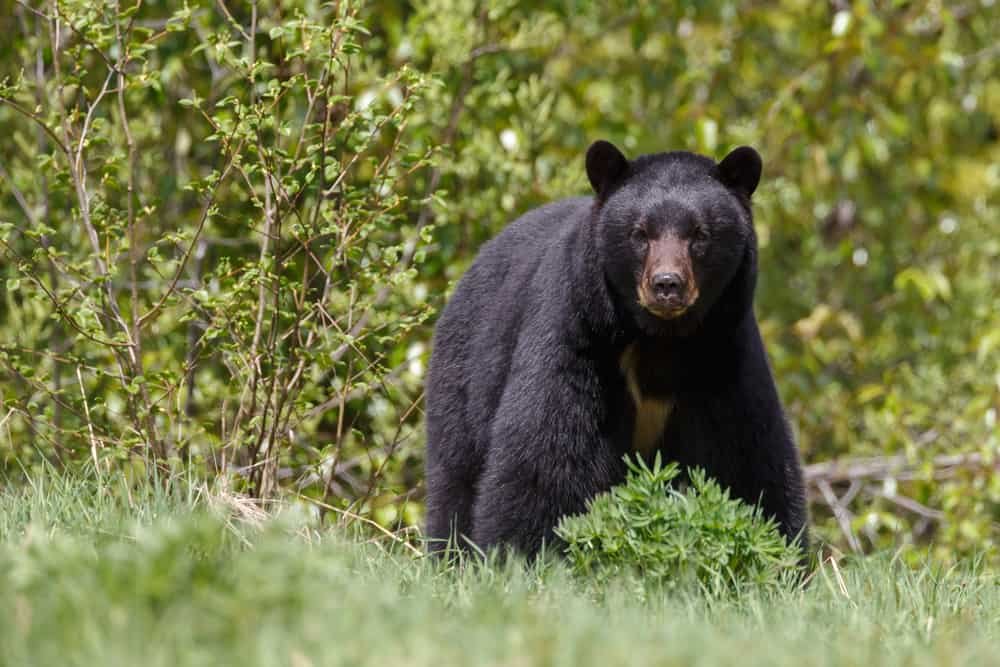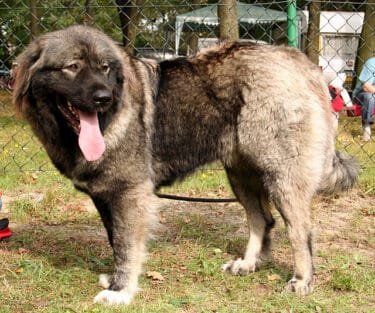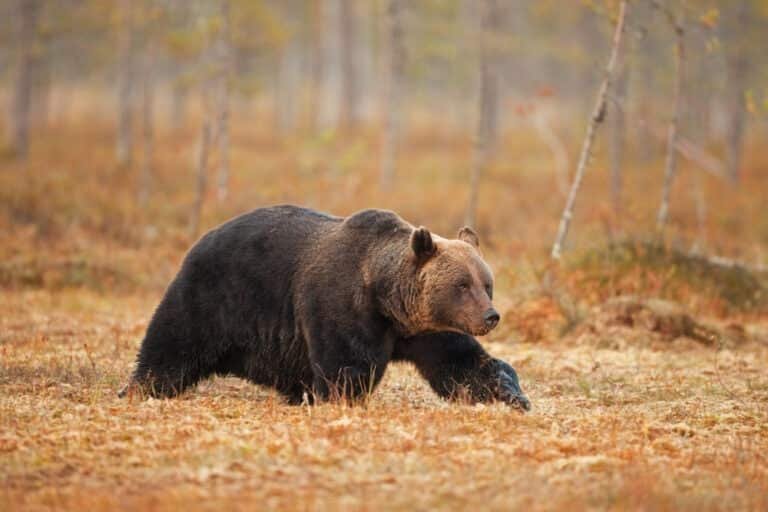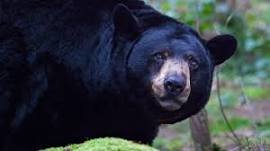Colorado bear hunting has long been a desire for outdoor enthusiasts with its breathtaking natural beauty and diverse wildlife. Nestled in the heart of the Rocky Mountains, this state boasts a rich tapestry of landscapes, ranging from majestic peaks to lush forests and sprawling plains.

Within this pristine wilderness, one can find an abundance of wildlife, including the elusive and fascinating bear species. Bear hunting, an age-old tradition deeply rooted in Colorado’s history, has become a popular outdoor activity for those seeking adventure and connection with nature.
Colorado’s Rich Natural Landscape
Colorado’s natural landscape is truly a sight to behold. From the towering peaks of the Rocky Mountains to the winding rivers and vast expanses of national forests, this state offers unparalleled beauty at every turn.
The rugged terrain provides an ideal habitat for various flora and fauna, making it a haven for nature enthusiasts. In addition to its renowned mountain ranges, Colorado is also home to numerous other captivating landscapes.
The Great Plains in the eastern part of the state showcase wide-open spaces dotted with prairies teeming with life. The Western Slope boasts stunning desert plateaus and deep canyons carved by ancient rivers like the Colorado River.
Colorado Bear Hunting: A Popular Outdoor Activity
While some might associate bears solely as cuddly creatures often depicted in children’s stories, others recognize their formidable presence in nature. For outdoor enthusiasts looking for thrilling adventures in the wilderness, Colorado bear hunting offers an opportunity to experience this apex predator firsthand. Bear hunting has been a time-honored tradition among indigenous tribes and early settlers.
Today, it continues as a means of population control and a wildlife management strategy implemented by conservation authorities such as Colorado Parks and Wildlife (CPW). Aspiring hunters are drawn not only by the thrill of pursuit but also by their deep respect for the natural world and the desire to participate in responsible wildlife management.
Colorado’s bear hunting season allows hunters to test their skills and immerse themselves in the beauty of nature. Beyond the adrenaline rush, it is an opportunity to gain a profound appreciation for these magnificent creatures while contributing to the conservation efforts that protect and maintain healthy bear populations.
The following sections will delve deeper into Colorado’s bear population, regulations governing bear hunting, techniques and strategies for successful hunts, safety considerations, and ongoing conservation efforts dedicated to preserving these remarkable creatures. So strap on your boots, ready your gear, and let us embark on a journey into Colorado bear hunting.
Understanding Colorado’s Bear Population
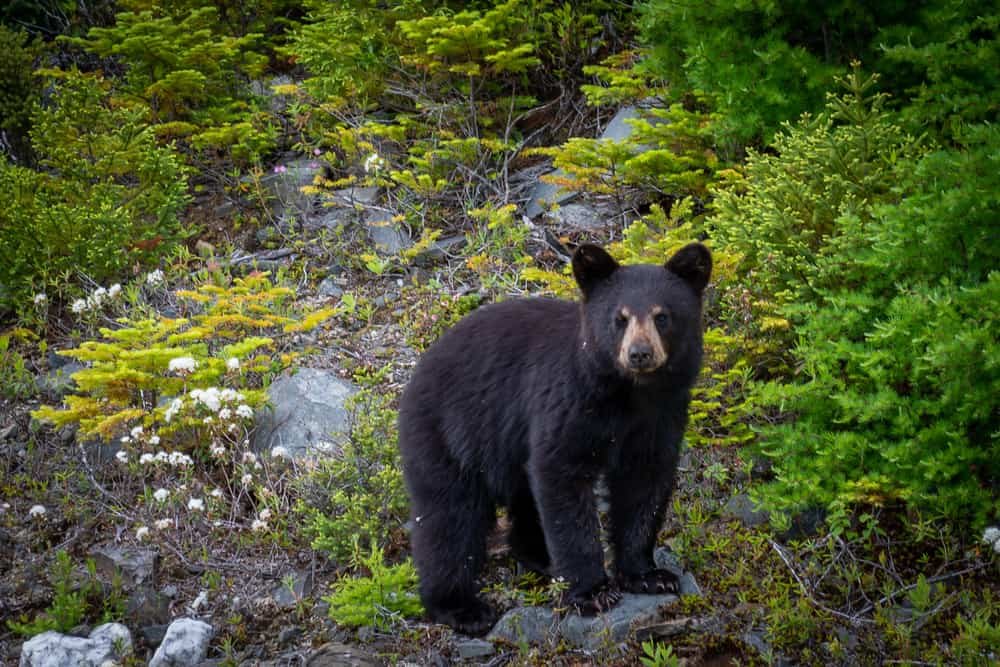
The Diverse Bear Species of Colorado
Colorado is home to two main bear species: the American black bear (Ursus americanus) and, albeit rarely, the grizzly bear (Ursus arctos horribilis). While black bears are more commonly encountered throughout the state, grizzlies have been occasionally spotted in specific regions such as the San Juan Mountains.
The American black bear is known for its adaptable nature and can be found in various habitat types ranging from montane forests to subalpine meadows. Grizzly bears, on the other hand, prefer more remote and rugged landscapes with extensive forest cover.
Bear Behavior, Habitat Preferences, and Diet
Understanding bear behavior is crucial for successful hunting and effective management. Black bears are primarily solitary animals except during mating season or when cubs accompany females.
They are excellent climbers with a keen sense of smell, enabling them to detect food sources from miles away. Their diet consists mainly of vegetation such as berries, nuts, roots, and grasses but can also include insects and small mammals.
Grizzly bears have similar feeding habits but often supplement their diet with larger prey like elk or deer. Both black bears and grizzlies exhibit territorial behaviors related to food availability.
They establish home ranges that may overlap with other bears but defend their preferred feeding areas aggressively. Bears avoid humans whenever possible but may become habituated if they find easily accessible food sources near human settlements.
Colorado Bear Hunting Population Management
Managing bear populations in Colorado is vital for maintaining ecological balance within the state’s diverse ecosystems. Bears are crucial as apex predators in regulating prey species like deer and elk populations.
Keeping herbivore populations in check prevents overgrazing that could negatively impact vegetation and other wildlife. Additionally, bears contribute to seed dispersal by consuming fruits and berries, aiding forest regeneration.
Their foraging behavior also creates disturbance patterns that promote ecosystem diversity, like creating meadows through natural clearing. However, unregulated bear populations can lead to conflicts with humans, as bears may seek food sources in populated areas.
Effective management measures such as regulated hunting help mitigate these conflicts while ensuring that bear numbers remain sustainable and within the carrying capacity of their respective habitats. This approach promotes coexistence between humans and bears while safeguarding the overall health of Colorado’s ecosystems.
Regulations and Licensing for Colorado Bear Hunting
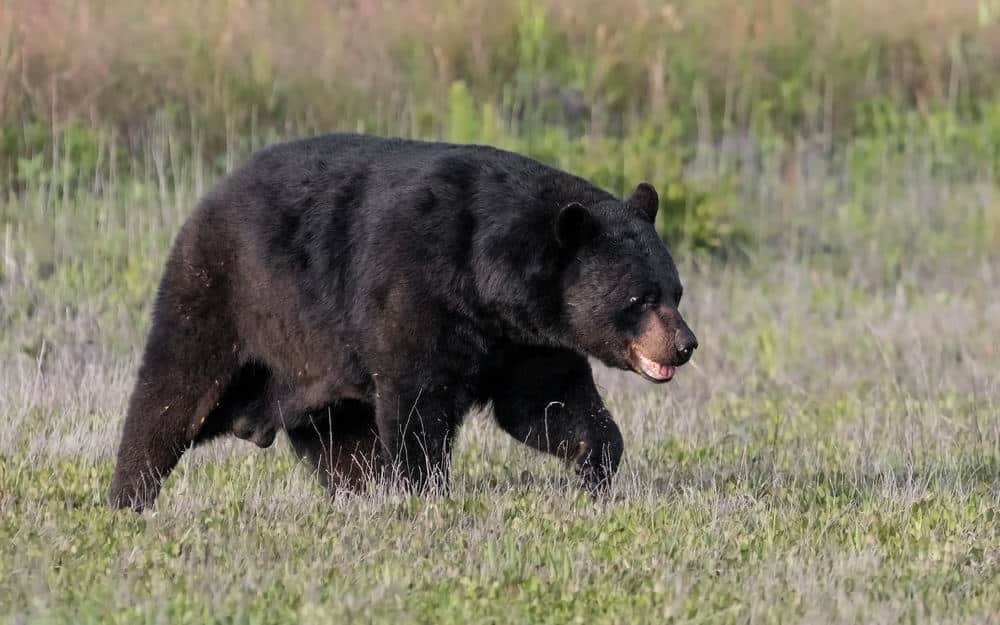
Introducing the Colorado Parks and Wildlife (CPW) agency
The Colorado Parks and Wildlife (CPW) agency oversees hunting activities within the state. As a state wildlife management agency, CPW plays a crucial role in conserving wildlife populations, ensuring sustainable hunting practices, and protecting the natural resources of Colorado.
With a dedicated team of biologists, game wardens, and conservation officers, CPW diligently manages bear populations while providing ample opportunities for hunters to enjoy this thrilling outdoor pursuit.
Explanation of the licensing process, including eligibility requirements, fees, and application procedures
Obtaining a bear hunting license in Colorado requires compliance with specific regulations set forth by CPW. To be eligible for a license, individuals must meet certain criteria, such as age requirements or residency status.
Non-residents can also hunt bears in designated areas by acquiring special licenses. The licensing process typically involves submitting an application within specified time frames during open enrollment periods.
Applicants may choose from various hunting options based on their preferences: limited tags (drawn through a lottery system) or over-the-counter tags (available for purchase without drawing). Additionally, applicants must pay fees for the state’s wildlife conservation efforts.
Regulations related to Colorado Bear Hunting
Bear hunting seasons in Colorado are strictly regulated under CPW’s guidelines to ensure sustainable harvests and population management. Typically, they fall between September and November, when bears are most active before hibernation. However, these seasons vary depending on different zones within the state.
Hunters should consult the official CPW website or contact local offices for precise dates about specific areas they intend to hunt.
CPW imposes strict bag limits to maintain healthy bear populations and prevent overharvest. Currently, hunters are allowed to harvest only one bear per license year. Hunters must familiarize themselves with these limits and abide by them diligently.
Moreover, CPW enforces weapon restrictions for bear hunting to preserve ethical and fair chase practices.
Firearms, archery equipment such as bows or crossbows, and muzzleloaders are commonly allowed weaponry. However, specific regulations may vary depending on hunting methods or season types.
Reporting requirements are an essential component of responsible bear hunting in Colorado. Hunters must report their harvests within a specified timeframe established by CPW.
This information contributes to the assessment of population trends and helps biologists monitor the health of bear populations across the state. By adhering to these regulations and licensing procedures set forth by CPW, hunters can engage in safe and sustainable bear hunting practices while supporting wildlife conservation efforts in Colorado.
Strategies for Successful Colorado Bear Hunting
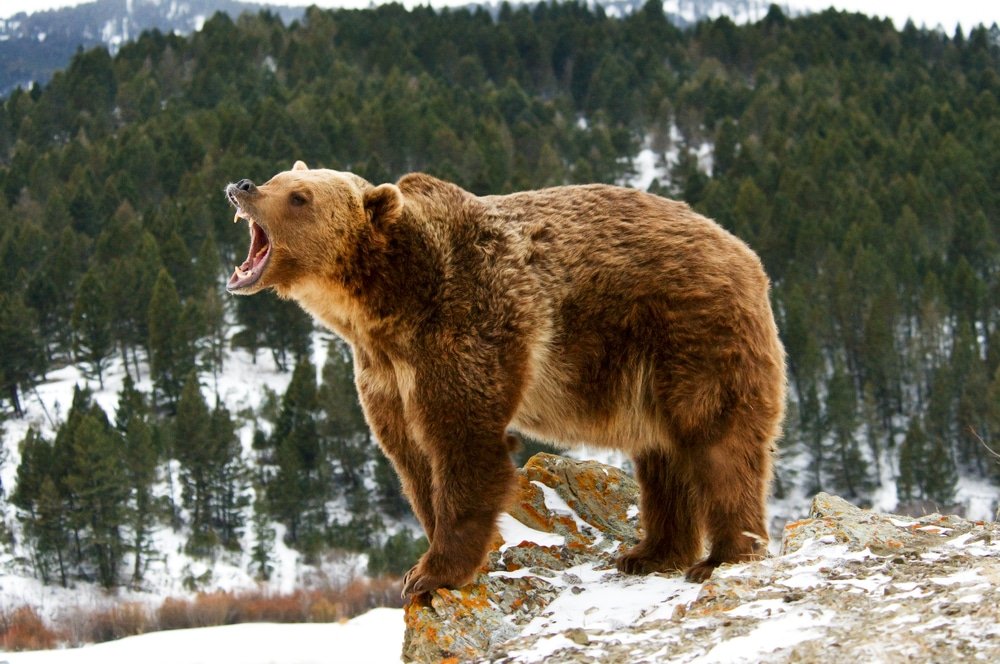
Various hunting methods (spot-and-stalk, baiting, hound hunting)
In Colorado, bear hunting enthusiasts employ various techniques to increase their chances of a successful hunt. One widely utilized method is spot-and-stalk hunting.
This technique involves patiently scanning the landscape from vantage points such as ridges or high ground to locate bears. Once a bear is spotted, hunters carefully approach, keeping cover and wind direction in mind to avoid detection.
Spot-and-stalk requires stealth, patience, and sharp observation skills. Another popular method in Colorado is baiting. This technique involves creating a bait station with enticing food sources like meat scraps or sweet-smelling attractants that bears are drawn to. The hunter then waits at an appropriate distance for the bear to return to the bait site, providing an opportunity for a shot.
Baiting can be an effective strategy when conducted responsibly and within legal guidelines set by wildlife management agencies. Hound hunting is also practiced in some areas of Colorado.
This method involves using specially trained dogs to track and pursue bears until they are treed or bayed. This allows the hunter to approach safely and make a well-placed shot. Hound hunting requires skilled dog handling and knowledge of bear behavior.
Colorado Bear Hunting Scouting techniques
Before embarking on a bear hunt in Colorado, it is crucial to scout potential hunting areas thoroughly. Understanding bear habitats can significantly increase your chances of success. Bears often frequent areas abundant with food sources, such as berry patches or oak groves, where they can feed on nuts.
One effective scouting technique is studying tracks left behind by bears. Tracks can provide valuable information about the bear’s size and activity patterns within the area you intend to hunt.
Fresh tracks with distinct claw marks indicate recent bear activity, increasing the likelihood of finding a bear in that area. Further signs of bear presence include scat, also known as droppings, which can reveal what the bears have been feeding on.
Careful examination of scat can help determine the bears’ diet and recent activity in an area. Claw marks on trees or rocks indicate bear presence and marking behavior, providing additional insights into their movements.
Tips on selecting appropriate firearms or archery equipment
The right firearm or archery equipment is essential for a successful and ethical bear hunt. For rifle hunters, it is recommended to use a caliber suitable for big game hunting, such as .270 Winchester or .30-06 Springfield.
These calibers provide sufficient power to take down a bear while minimizing unnecessary suffering. It is crucial to select ammunition specifically designed for hunting big games to ensure proper penetration and expansion upon impact.
Archery hunters should consider using compound bows with sufficient draw weight (usually 50 pounds minimum) and expandable broadheads designed for hunting large game animals like bears. Proper shot placement is critical when using archery equipment because bears have thick hides and robust musculature.
Aim for vital areas such as the heart and lungs to achieve quick, humane kills. Practicing extensively before a hunt is imperative, regardless of the chosen weapon.
Regular target practice will improve accuracy and increase confidence when facing challenging shooting situations.
Additionally, familiarize yourself with local laws regarding firearms or archery equipment restrictions during specific seasons or areas designated for bear hunts in Colorado.
Safety Considerations for Colorado Bear Hunting

Bear Behavior to Avoid Dangerous Encounters During Hunts
When venturing into the wilderness for bear hunting in Colorado, it is paramount for hunters to have a thorough understanding of bear behavior. Bears are generally shy and elusive creatures but can become aggressive if threatened or cornered.
By familiarizing themselves with the typical behavior patterns of bears, hunters can minimize the risk of encountering dangerous situations. Bears have an acute sense of smell and are highly attracted to food sources.
It is important for hunters to properly store their food and waste away from campgrounds or hunting areas, as this can attract bears. Additionally, being aware of factors such as mating season or cubs nearby is crucial as these situations may increase the likelihood of aggressive bear behavior.
Tips on Carrying Proper Safety Equipment
Hunters should carry appropriate safety equipment to ensure personal safety during bear hunts. One such item is bear spray – a non-lethal deterrent that releases a cloud of capsaicin-based irritant upon activation. Bear spray has shown remarkable effectiveness in deterring aggressive bears when used correctly.
Firearms can also be carried by hunters for self-defense purposes. Still, they must be proficient in firearm use and familiar with state regulations concerning weapon selection and usage during bear encounters. Remember that using firearms should always be a last resort when other means of deterrence have failed.
Conservation Efforts for Colorado Bear Hunting
Overview of CPW’s Conservation Efforts
The Colorado Parks and Wildlife (CPW) agency is crucial in implementing conservation efforts to maintain healthy bear populations throughout the state.
CPW employs various strategies, including habitat conservation, population monitoring, and public education initiatives, to ensure the long-term well-being of these magnificent creatures. CPW collaborates with landowners to protect critical bear habitats by implementing measures that minimize human-bear conflicts.
They also work closely with biologists and researchers to study bear populations, their habits, and factors affecting their survival. CPW can make informed management decisions to balance wildlife conservation and public safety by closely monitoring population dynamics and trends.
Research Initiatives Focused on Studying Bears’ Habits
Research initiatives focused on studying bears in Colorado are vital for understanding their habits, population dynamics, and ecological role within the state’s ecosystems.
Scientists track bears using GPS collars to collect data on movement patterns, preferred habitats, feeding behaviors, reproduction rates, and interactions with human activities.
These studies provide valuable insights into bear behavior that help shape management strategies to conserve healthy populations while minimizing human-bear conflicts.
Combining scientific research with practical field knowledge gained from hunters’ experiences, ongoing research initiatives contribute significantly to understanding these majestic animals.
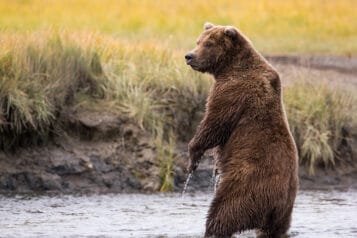
Conclusion – Colorado Bear Hunting
While engaging in bear hunting in Colorado requires careful consideration for safety and ethical practices, it also aligns with the state’s commitment to wildlife conservation.
By understanding bear behavior, carrying appropriate safety equipment, and adhering to fair chase principles, hunters can partake in this thrilling outdoor activity responsibly.
Moreover, the Colorado Parks and Wildlife Agency plays a vital role in implementing conservation efforts and conducting research initiatives that contribute to preserving healthy bear populations.
Colorado continues to ensure a harmonious coexistence between humans and bears in its stunning natural landscapes through their dedication and collaborative approach with hunters, scientists, and the public.

